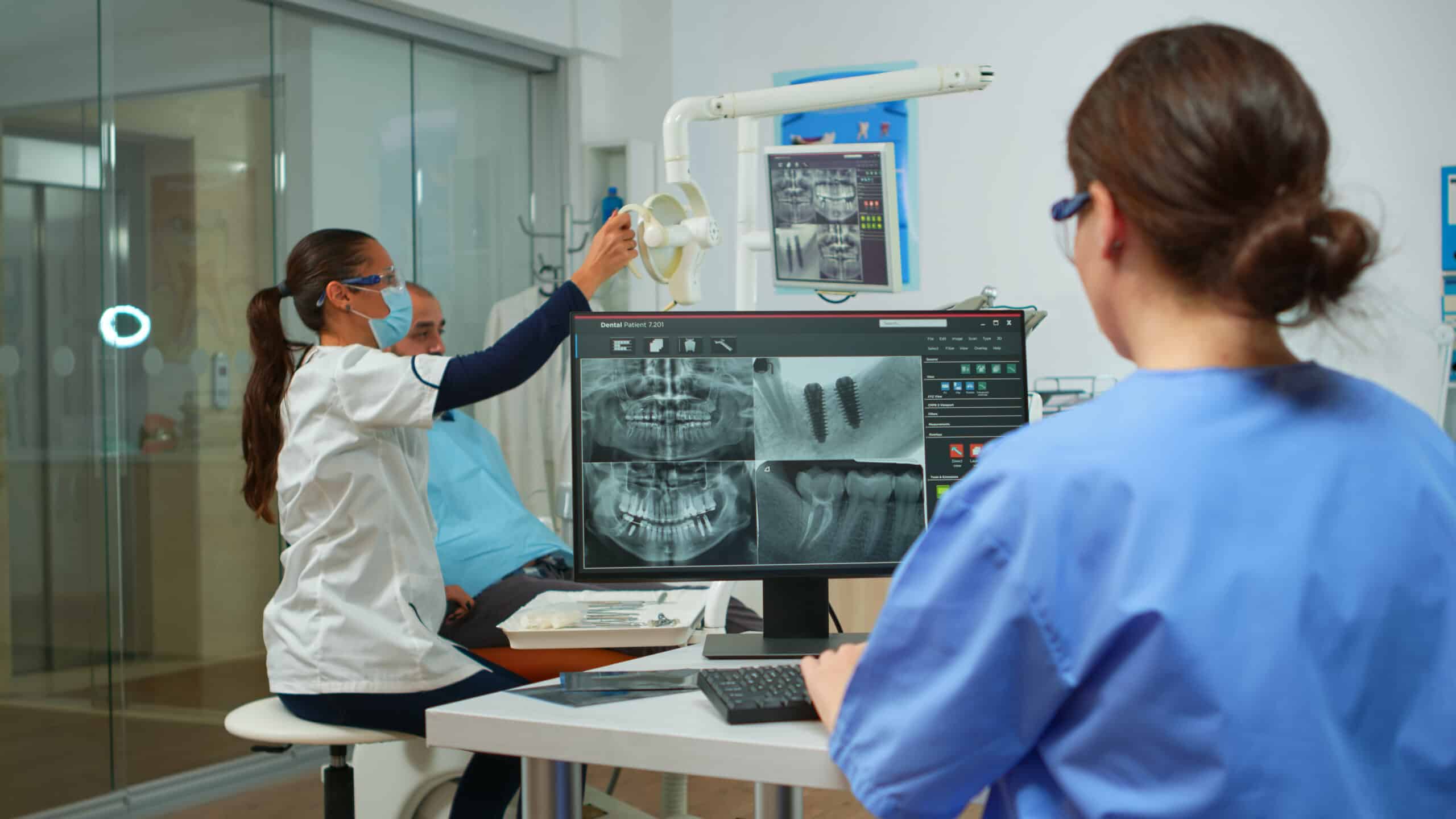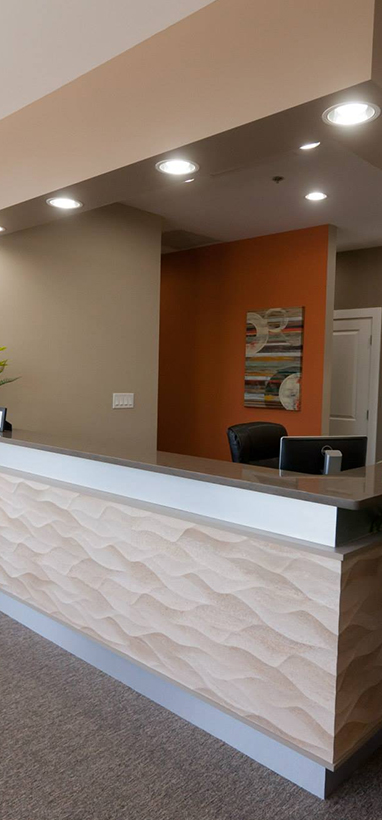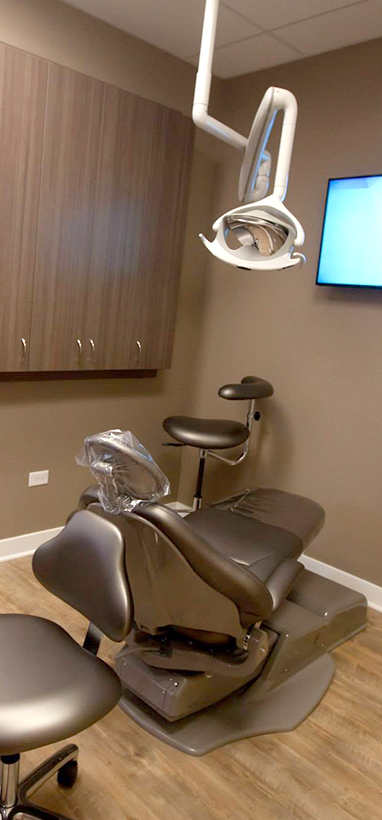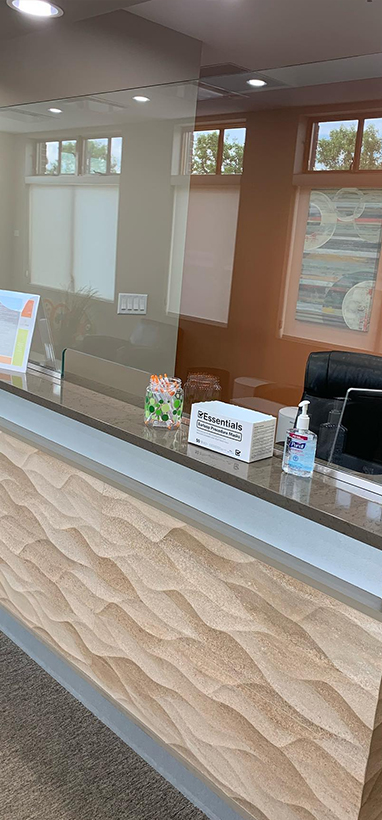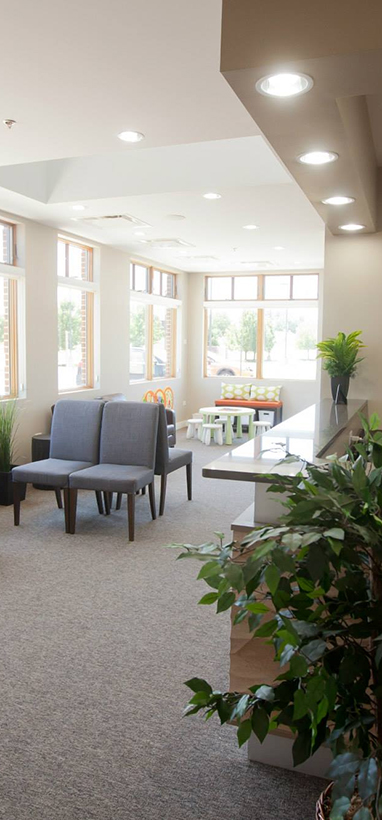1516 Legacy Cir, Naperville, IL 60563
Advantages of Digital X-Rays for Dental Imaging
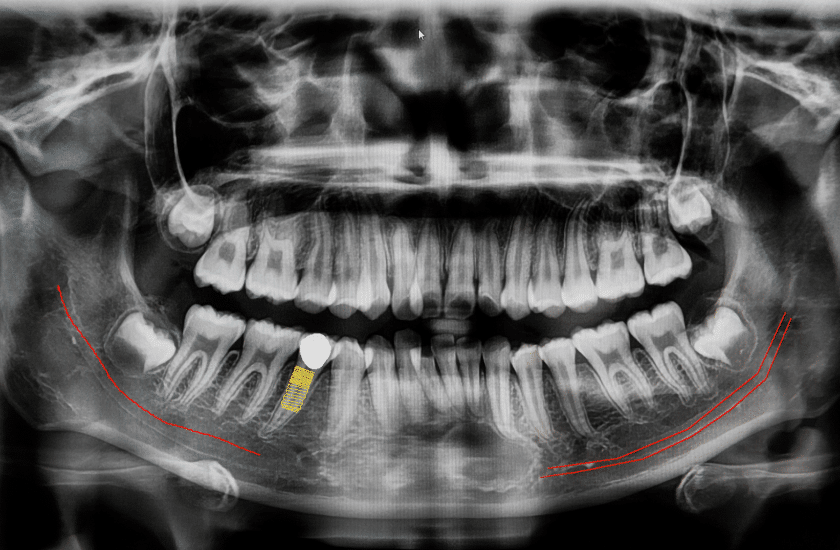
Are you still using traditional X-rays for your dental imaging needs? It’s time to upgrade! Digital X-rays have revolutionized the world of dentistry, offering a plethora of advantages over their analog counterparts. From reducing radiation exposure to providing high-quality images in seconds, digital X-rays are a game-changer that every dental clinic should consider adopting. In this blog post, we’ll delve deeper into the benefits of digital X-rays and why they’re worth investing in. So let’s get started and discover how this cutting-edge technology can transform your practice!
What are digital X-rays?
Digital x-rays are a type of x-ray that uses digital technology instead of film. With digital x-rays, the images are captured and stored electronically on a computer. This allows your dentist or oral health care provider to get a clear image of your teeth and mouth without the need for film development. There are many benefits to using digital x-rays for dental imaging. One benefit is that digital x-rays emit less radiation than traditional film x-rays. This means that they are safer for you and your family, and they help to reduce your exposure to radiation over time.
Another benefit of digital x-rays is that they provide more detailed images than film x-rays. This means that your dentist or oral health care provider can more easily identify problems such as tooth decay, gum disease, and infections. Digital x-rays can also be enhanced with special software so that small details can be more clearly seen. Overall, digital x-rays offer a number of advantages over traditional film x-rays. They are safe, emit less radiation, and provide more detailed images. If you are in need of dental imaging, talk to your dentist about whether digital x-rays are right for you.
How do digital X-rays work?
Digital X-rays work by using a small electronic sensor to capture the image of your teeth and bones. The sensor is then connected to a computer, which creates a digital image of your mouth. This image can be viewed on a monitor in the dental office, and can be stored electronically for future reference.
Digital X-rays offer a number of advantages over traditional film X-rays. First, they emit far less radiation than film X-rays, so they are safer for both patients and dental staff. Second, they produce high-quality images that can be enhanced for better viewing. And third, they are quick and easy to take, which saves time in the dental office.
The advantages of digital X-rays over traditional film X-rays
Digital x-rays are the most recent technology used for dental imaging. They provide a number of advantages over traditional film x-rays, including:
– Reduced radiation exposure: Digital x-rays use up to 90% less radiation than traditional film x-rays. This is important not only for the safety of patients, but also for the safety of dental staff who are exposed to low levels of radiation on a daily basis.
– Increased accuracy: Digital x-rays provide a clearer image than film x-rays, making it easier for dentists to diagnose problems accurately.
– Enhanced images: Digital x-ray images can be enhanced using software, making it easier to see small details that might be obscured on a traditional film x-ray.
– Increased efficiency: Digital x-rays can be stored electronically and shared with other dental professionals quickly and easily, saving time and increasing efficiency.
How to prepare for a digital X-ray
Digital X-rays are a type of dental imaging that uses computer technology to create pictures of your teeth and gums. This type of imaging is becoming increasingly popular in dentistry, as it offers many advantages over traditional X-rays. If you are scheduled for a digital X-ray, there are a few things you can do to prepare for the procedure.
- First, it is important to remove any metal objects from your mouth. This includes jewelry, piercings, or anything else that could obstruct the view of your teeth. You should also avoid wearing anything that contains metal, such as certain types of clothing or shoes.
- Next, you will need to remove any food or drinks from your mouth. This includes gum, candy, and even water. Once your mouth is clear, the dental technician will be able to get a better view of your teeth and gums.
- Finally, you will need to bite down on a special dental X-ray film. This film will help the dentist get a clear picture of your teeth and gums. Once the X-ray is complete, you will be able to see the results immediately on a computer screen.
What to expect during and after the procedure
- When you arrive for your digital X-ray, the technologist will have you remove any metal objects from your pockets. You may also be asked to remove any jewelry that could interfere with the image.
- You will then be positioned in front of the machine and asked to bite down on a small plastic tab. This will help keep your head still during the scan. The technologist will then step out of the room and operate the machine from behind a lead wall.
- The X-ray itself is painless and only takes a few seconds. Afterward, you can expect to see images of your teeth and jaw on a computer screen. These images can be magnified, rotated, and enhanced for better clarity. Your dentist or orthodontist will then use these images to diagnose any problems and develop a treatment plan.
Conclusion
Digital X-Rays are a great tool for dental imaging. They allow us to get a clear, detailed picture of our patients’ mouths and teeth with minimal radiation exposure. The digital images produced by these x-rays can be stored and quickly accessed, making it easier for dentists to diagnose problems faster and provide more accurate treatment plans. Additionally, digital X-Rays help us protect the environment by eliminating the use of film chemicals which contain hazardous toxins. If you’re considering getting an x-ray taken at your dentist’s office, schedule an appointment with your dental professional and get to know digital imaging options best suited for you!



